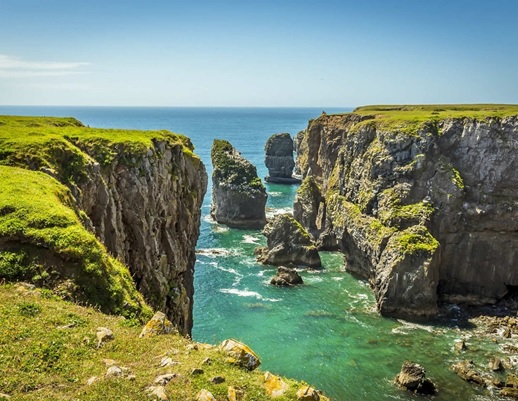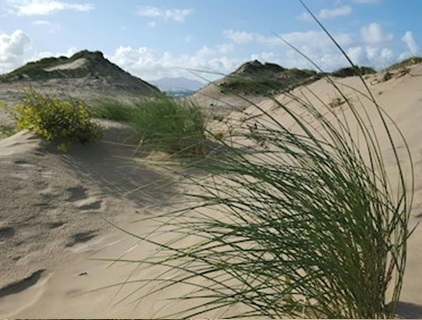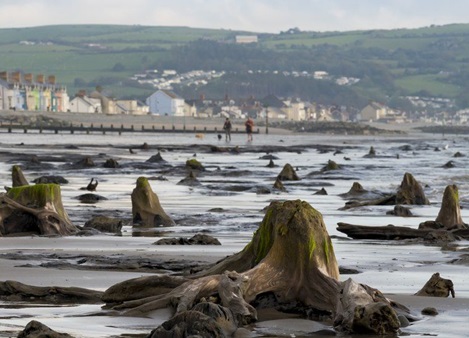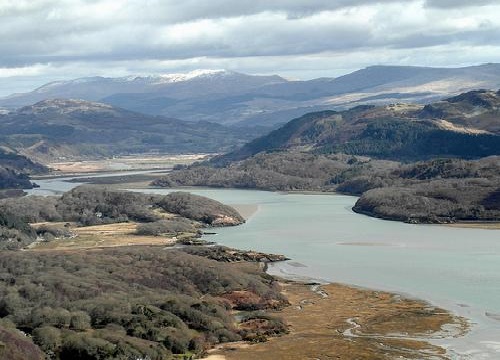Lower Swansea Valley
During the eighteenth and nineteenth centuries, the Lower Swansea Valley was a major industrial area.
Huge amounts of copper were produced using local coal.
Copper ore was imported first from Cornwall and Anglesey, and then from other parts of the world such as Chile and Australia.
By 1850 eleven major copperworks had been established on the banks of the River Tawe.
For a time they produced over half of the world’s total copper.
However, the Valley became polluted by the poisonous smoke and huge amounts of copper waste or ‘slag’.
By the twentieth century there was a decline in copper smelting and the works were starting to close.
The Valley became one of the most derelict industrial areas in Europe.
The Lower Swansea Valley Project was established in 1961.
This land reclamation project cleaned up the area, bringing back trees and plants and allowing fish to return to the river.
New houses were built on the sites of many of the old copper works.
The only important industrial site which remains is the Hafod-Morfa Copperworks.
This was once a collection of huge, incredibly hot and noisy industrial buildings.
These were filled with powerful machinery and employed a huge number of workers.
On one side the copper works was supplied by the Swansea Canal which delivered coal from mines in the Upper Swansea Valley.
On the other side, boats delivered copper ore which had been unloaded from ships at Swansea docks.
The Hafod-Morfa works finally closed in 1980 but the buildings and machinery which remain are being restored.
The site will become an important museum of industrial history.
Translate the sentence:
During the eighteenth and nineteenth centuries, the Lower Swansea Valley was a major industrial area.
Suggested translation: (a number of alternatives acceptable)














